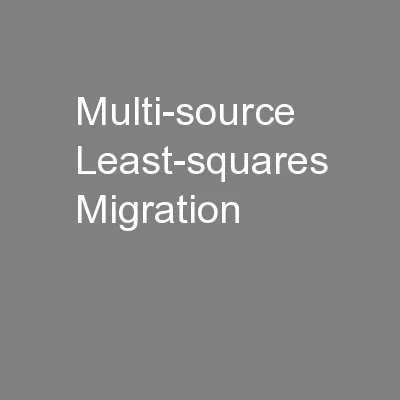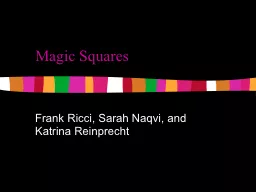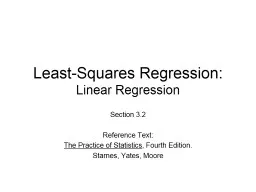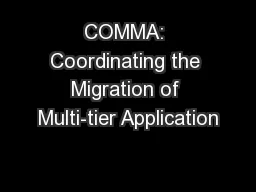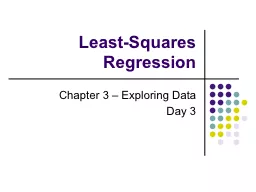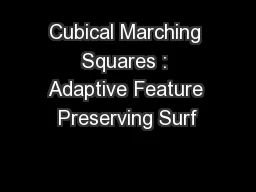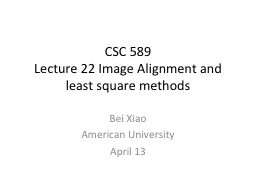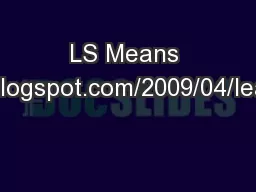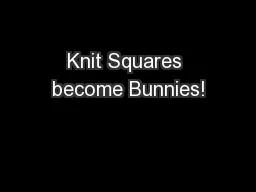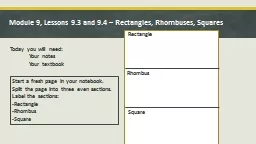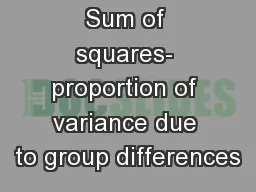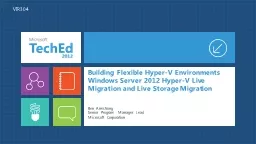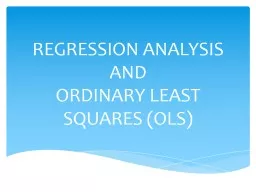PPT-Multi-source Least-squares Migration
Author : sherrill-nordquist | Published Date : 2016-04-21
with Topography Dongliang Zhang and Gerard Schuster King Abdullah University of Science and Technology Outline Summary Theory Use ghost extrapolation to reduce
Presentation Embed Code
Download Presentation
Download Presentation The PPT/PDF document "Multi-source Least-squares Migration" is the property of its rightful owner. Permission is granted to download and print the materials on this website for personal, non-commercial use only, and to display it on your personal computer provided you do not modify the materials and that you retain all copyright notices contained in the materials. By downloading content from our website, you accept the terms of this agreement.
Multi-source Least-squares Migration: Transcript
Download Rules Of Document
"Multi-source Least-squares Migration"The content belongs to its owner. You may download and print it for personal use, without modification, and keep all copyright notices. By downloading, you agree to these terms.
Related Documents

